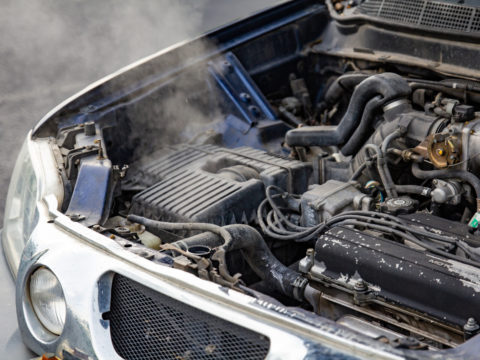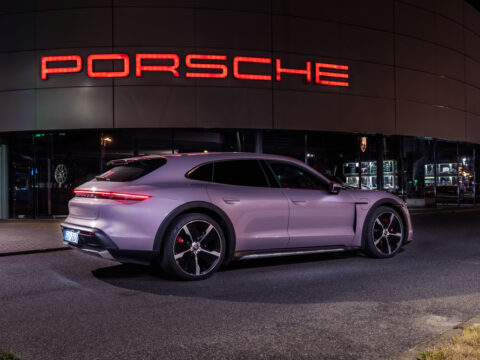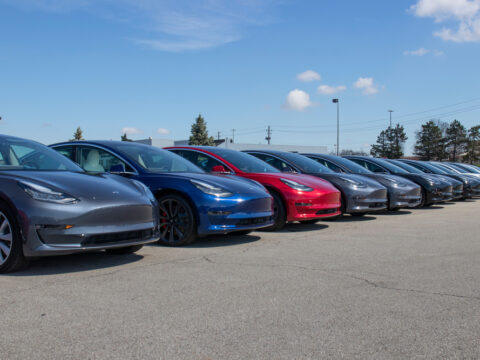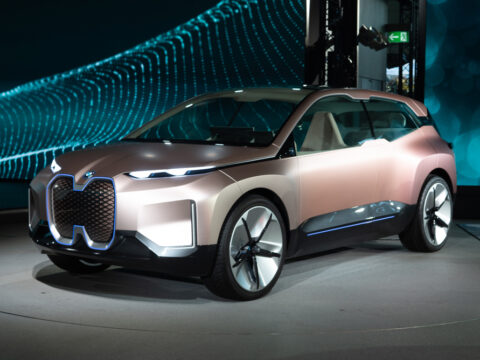The 426 Hemi engine, synonymous with raw power and unmatched performance, stands as a towering figure in the world of muscle cars. Crafted by Chrysler, this legendary V8 engine redefined automotive performance, making it a favorite among car enthusiasts and racers alike. The impact of the 426 Hemi stretches far beyond its horsepower figures; it propelled an array of vehicles to iconic status during the golden era of muscle cars. We delve into the stories of several remarkable vehicles that boasted this powerhouse under their hoods, each embodying a piece of automotive history shaped by this extraordinary engine.
Contents
Plymouth GTX (1967-1971)
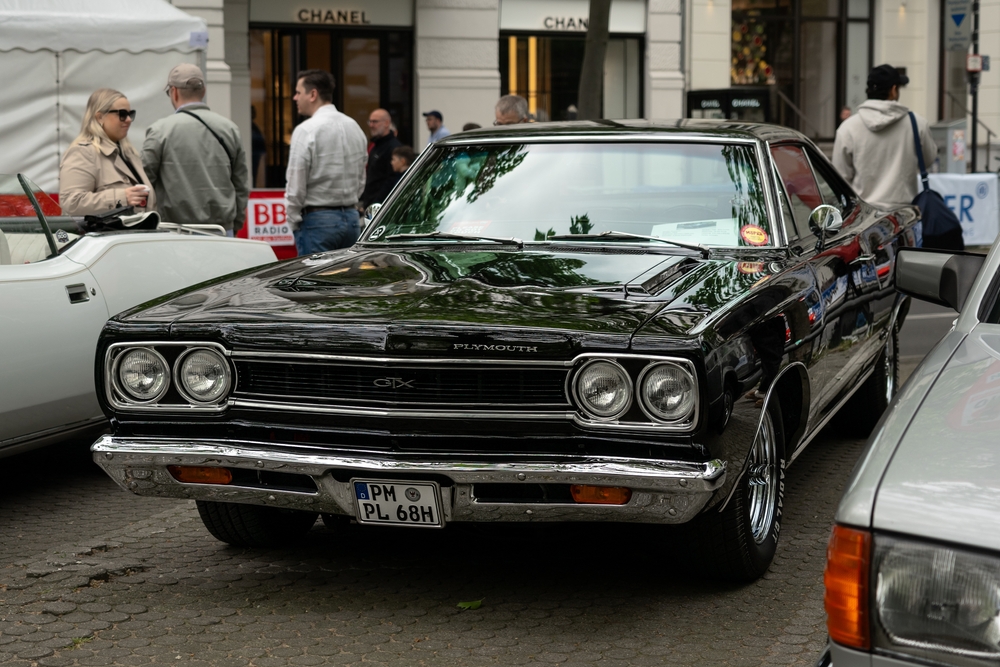
The Plymouth GTX stands out in muscle car history, primarily due to the raw power of the 426 Hemi engine. With an output of 425 horsepower, this engine transformed the GTX into a high-performance beast, ideal for both street cruising and competitive drag racing. The car’s robust build quality, coupled with the Hemi’s reliability and high torque performance, made it a favorite among muscle car enthusiasts who desired both style and substantial horsepower.
Dodge Daytona (1969)
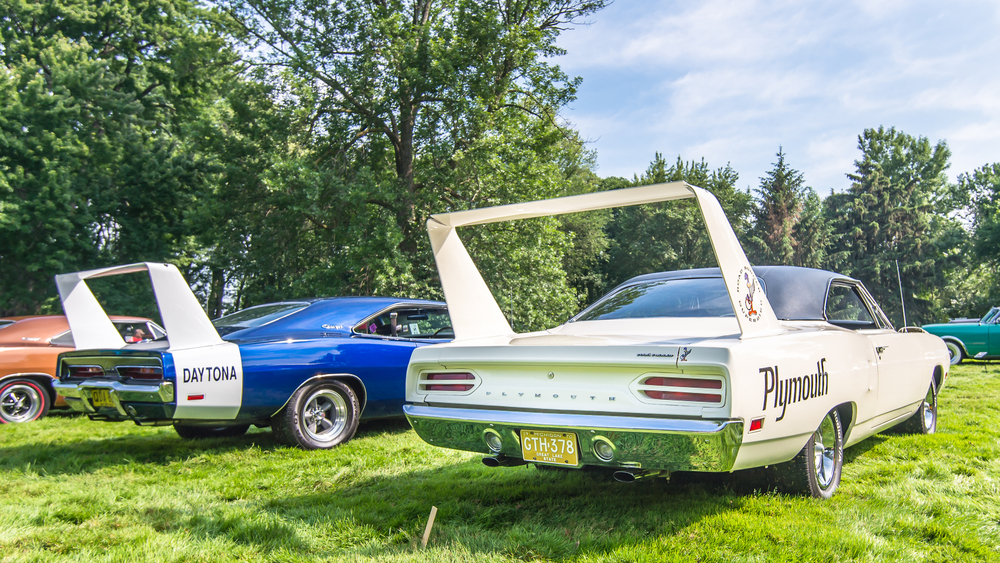
Engineered for NASCAR, the Dodge Daytona was a standout model that featured the 426 Hemi, known for its high power and endurance capabilities. This engine was essential for providing the Daytona with the necessary speed and acceleration to compete at high-level racing events. Its unique body modifications, including a pointed nose and large rear wing, optimized aerodynamics to utilize the engine’s full potential, marking it as a revolutionary model in automotive aerodynamic design.
Dodge Charger Daytona (1969)

The Dodge Charger Daytona was another NASCAR-inspired innovation that utilized the 426 Hemi to great effect. The Hemi engine was critical in helping the Charger Daytona set remarkable speed records, including being the first NASCAR stock car to break the 200 mph mark. Its iconic status was further cemented by its distinctive aerodynamic enhancements, which complemented the engine’s capabilities, making it a collector’s favorite and a symbol of peak muscle car performance.
Plymouth Superbird (1970)
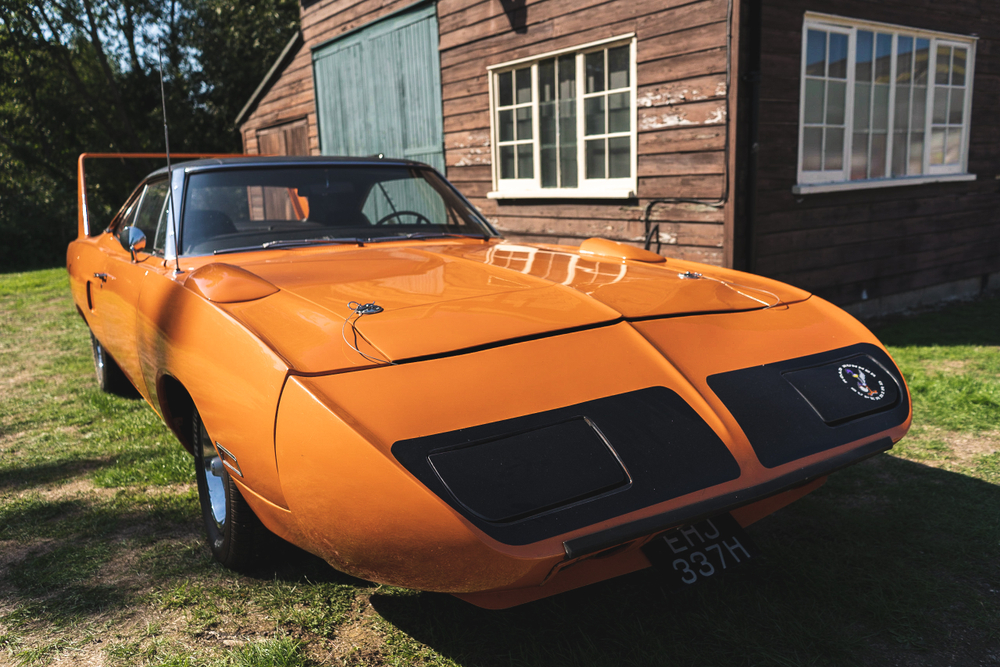
Similar to its cousin, the Charger Daytona, the Plymouth Superbird was equipped with the 426 Hemi to meet the demands of NASCAR racing. This car was not just about speed; its design was an exercise in engineering excellence, meant to optimize every ounce of power the Hemi could generate. The Superbird’s legacy is not only defined by its success on the track but also by its impact on car design and performance standards in the industry.
Dodge Charger (1966-1971)
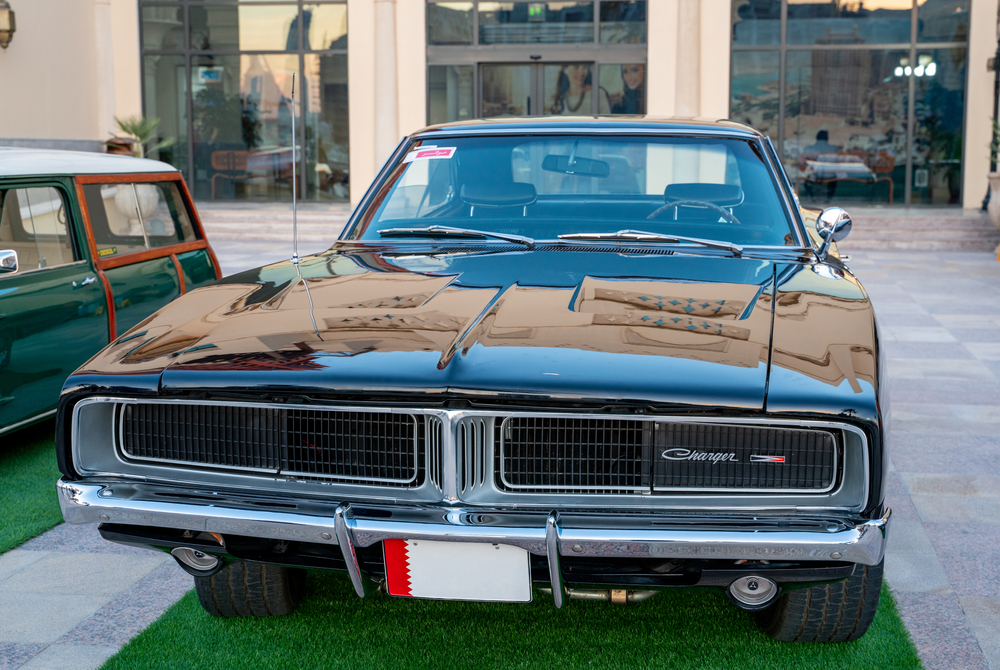
The Dodge Charger with the 426 Hemi became the quintessential American muscle car. This model combined dramatic styling with massive power, capturing the hearts of those who wanted a vehicle that looked as intimidating as it performed. The Charger’s success was bolstered by its appearances in popular media and its reputation as one of the most powerful vehicles of its time, solidifying the 426 Hemi’s status as a legendary powerhouse.
Plymouth Satellite (1966-1970)
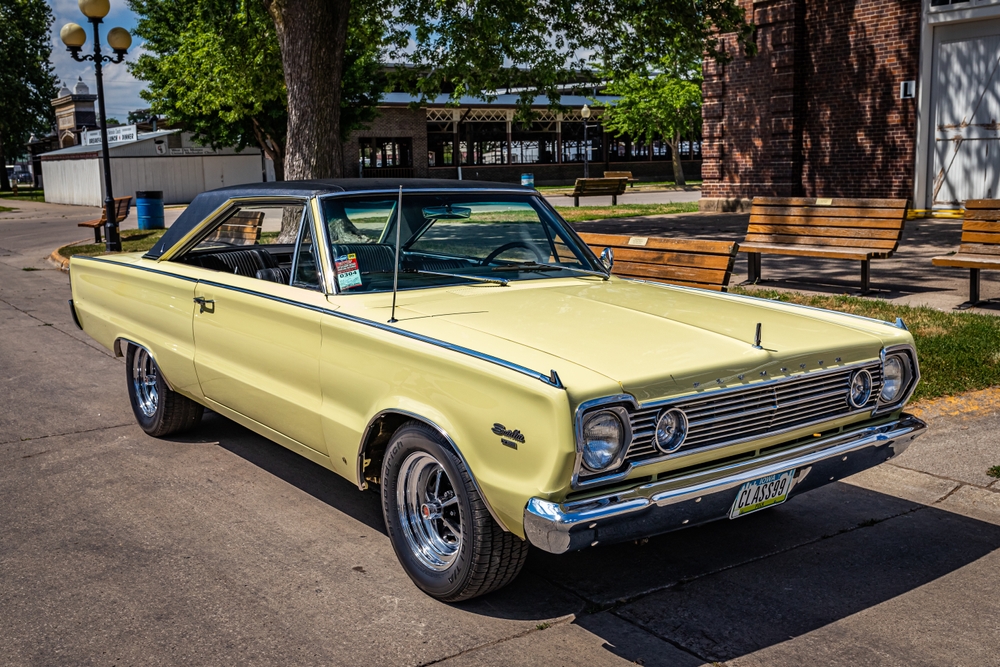
The Plymouth Satellite offered the 426 Hemi as an option in its high-performance trims, which significantly enhanced its appeal and capabilities. This muscle car variant stood out for its ability to balance family car functionality with explosive power, offering a thrilling driving experience without compromising on comfort or space, making it a versatile choice in the muscle car market.
Plymouth Belvedere (1964-1970)
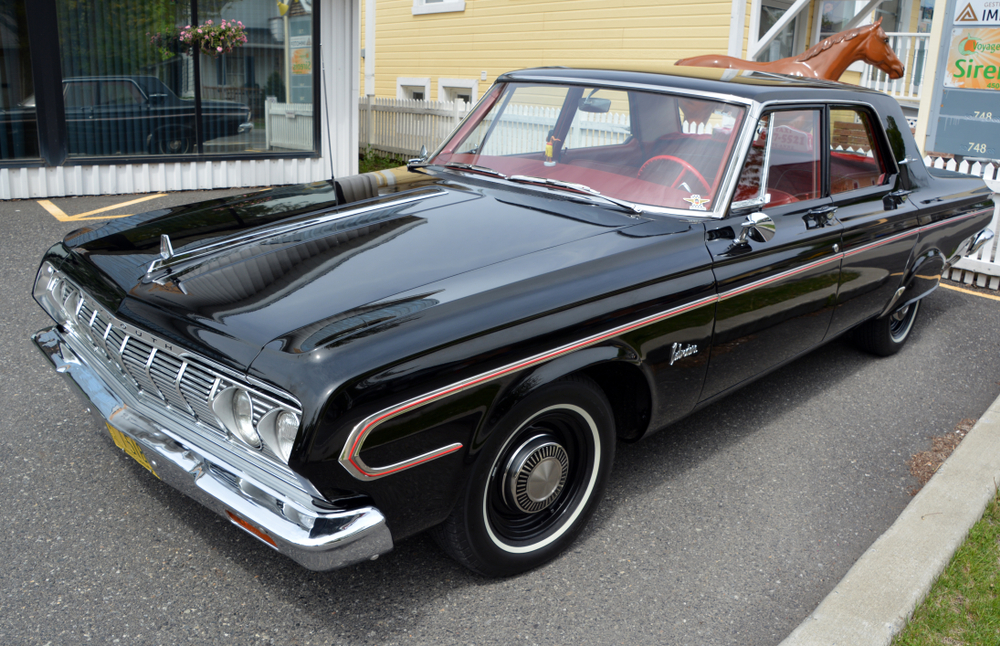
The Plymouth Belvedere used the 426 Hemi to transition from a modest family sedan to a powerhouse in the muscle car realm. With the Hemi, the Belvedere could perform extraordinarily well against more conventional muscle cars, proving that substantial power could also come in less conspicuous packages. This sleeper hit appealed to those who wanted muscle car performance with a more understated style.
Plymouth Roadrunner (1968-1970)
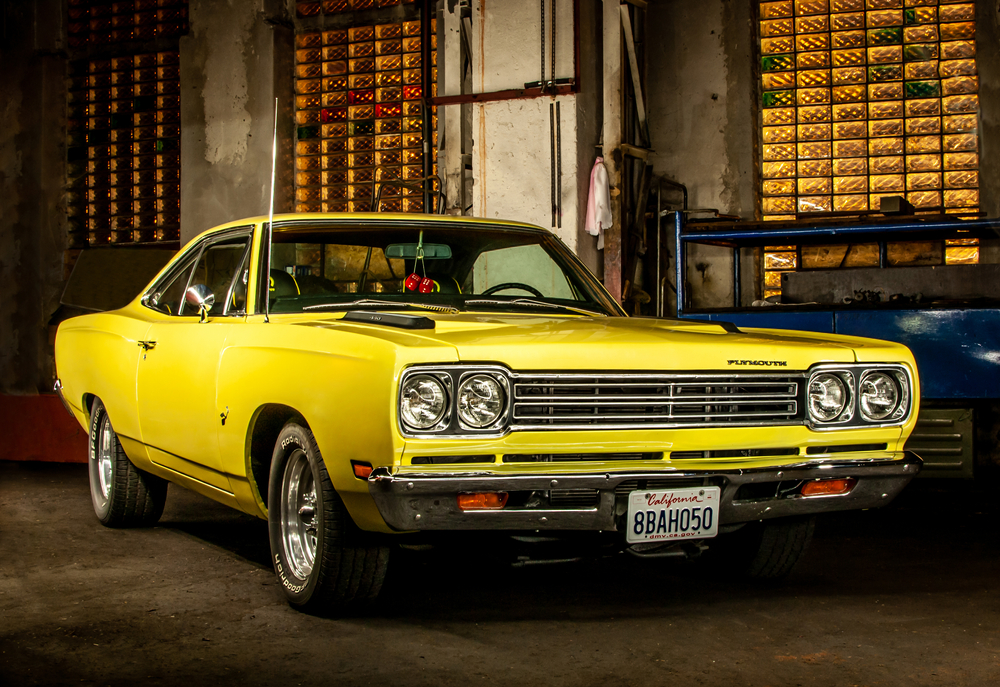
The Plymouth Roadrunner was designed to bring muscle car performance to a broader audience by offering the 426 Hemi at a more affordable price point. This strategy paid off, as the Roadrunner became immensely popular for its no-frills approach combined with serious power capabilities, embodying the true spirit of muscle cars—maximum performance at minimal cost.
Dodge Coronet (1965-1970)
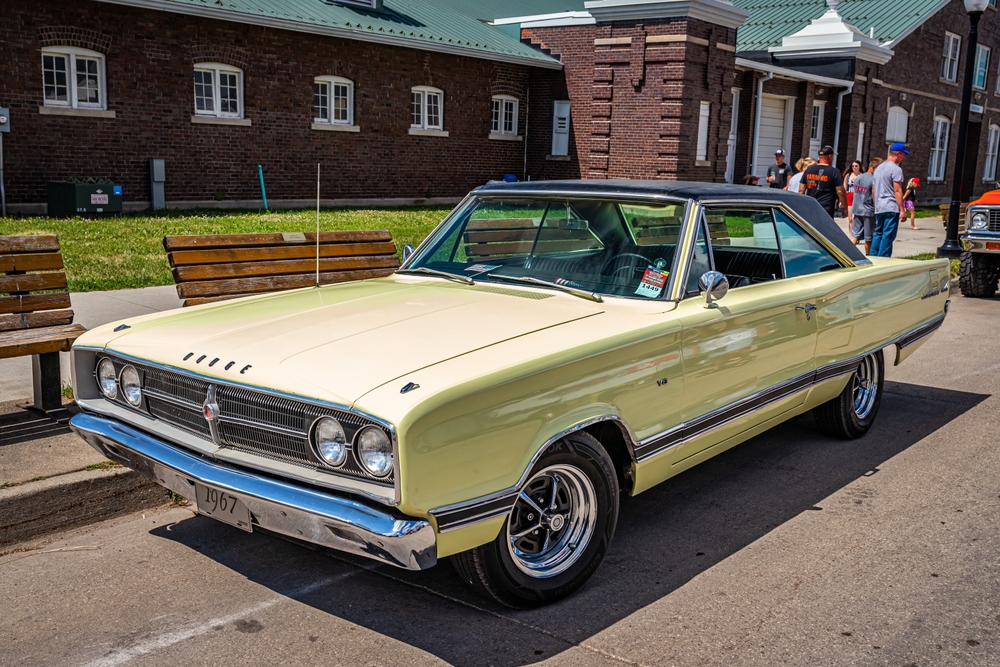
The Dodge Coronet was one of the more versatile models to house the 426 Hemi, adapting the engine’s immense power to a range of body styles from sedans to coupes. This adaptability made the Coronet popular among a diverse group of car enthusiasts, from those seeking a powerful family car to hardcore racers craving the unparalleled power of the Hemi engine.
Dodge Super Bee (1968-1971)
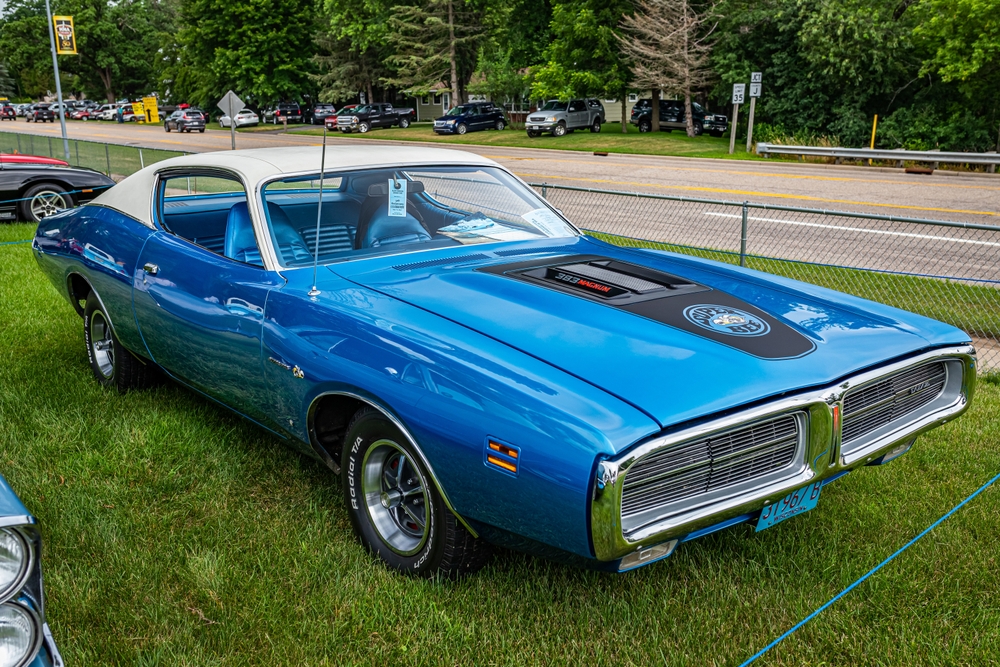
The Dodge Super Bee was introduced to capture the youth market with an affordable yet powerful muscle car. Equipped with the 426 Hemi, the Super Bee offered exceptional performance at a lower price point, combining aggressive styling and formidable power in a package that appealed to younger drivers looking for excitement and status.
This article originally appeared on MyCarMakesNoise.
More from MyCarMakesNoise
12 Ways Climate Change is Impacting the Fossil Fuel Industry

Climate change is reshaping industries worldwide, and the fossil fuel sector is no exception. From regulatory pressures to technological advancements in renewable energy, the impact is profound. Read More.
17 Car Maintenance Myths Mechanics Can’t Stand
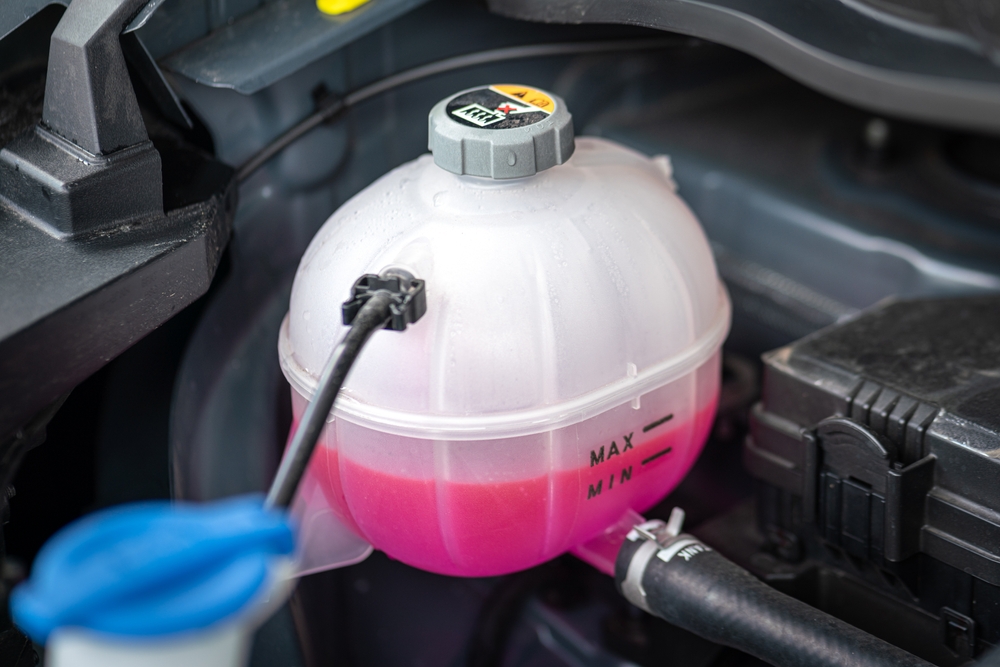
Maintaining your car is essential for keeping it running smoothly and safely. However, not all advice is good advice. In fact, some car maintenance tips can do more harm than good. Read More.
15 Surprisingly Affordable Exotic Cars

Exotic cars often evoke images of sleek designs, roaring engines, and, unfortunately, eye-watering price tags. However, the dream of owning a high-performance sports car doesn’t always have to come with a luxury cost. Read More.

